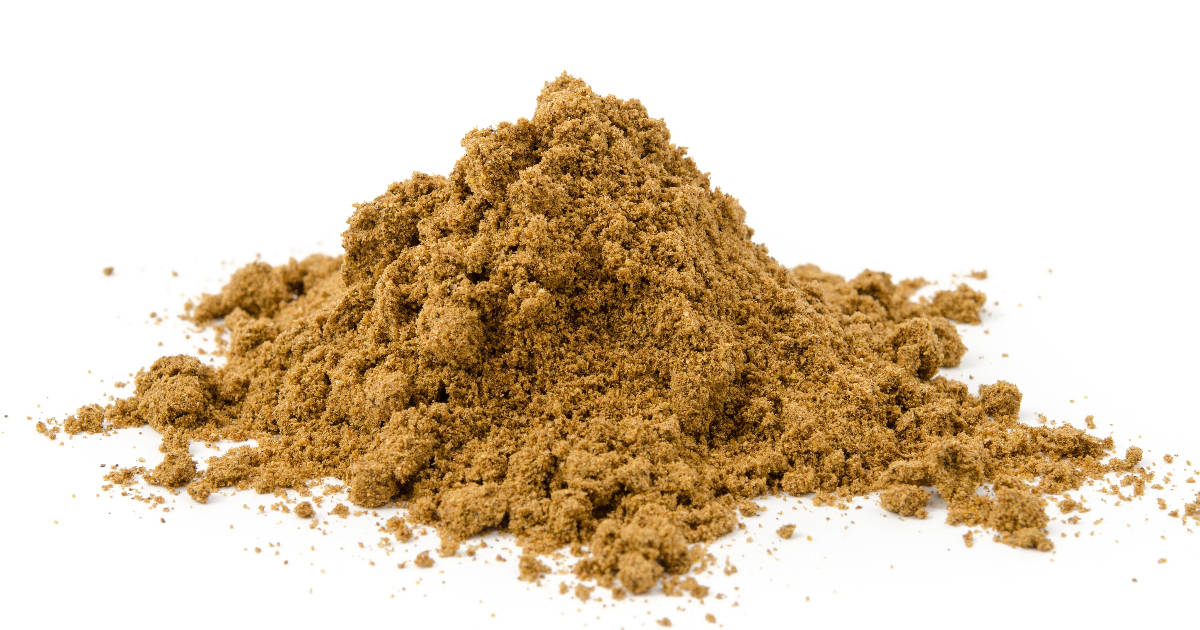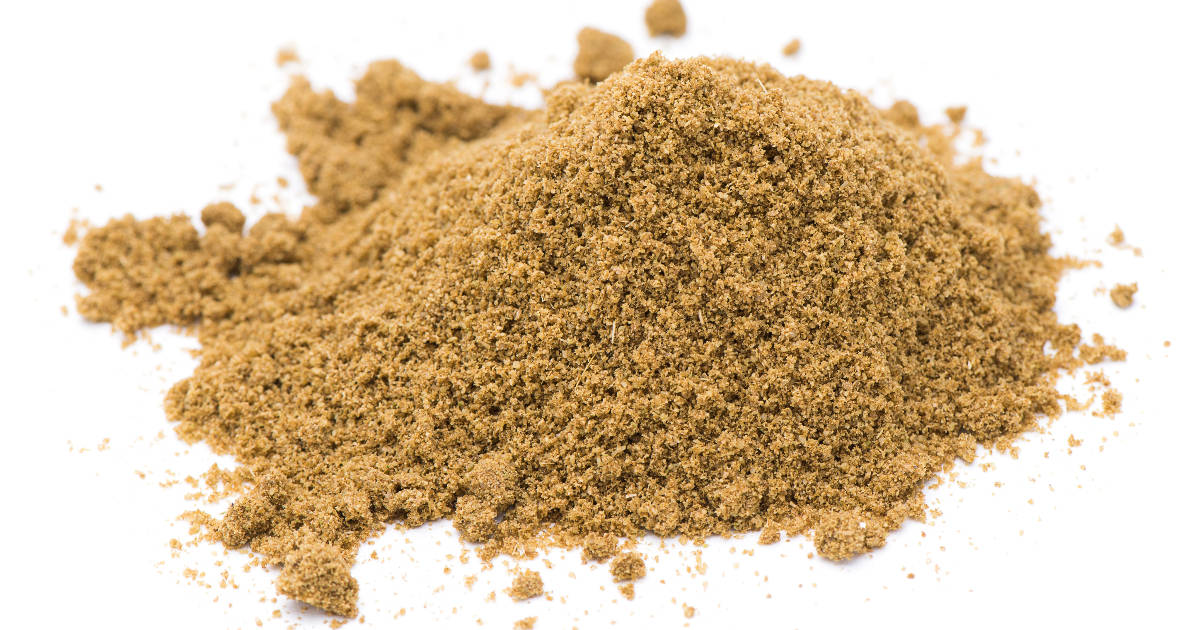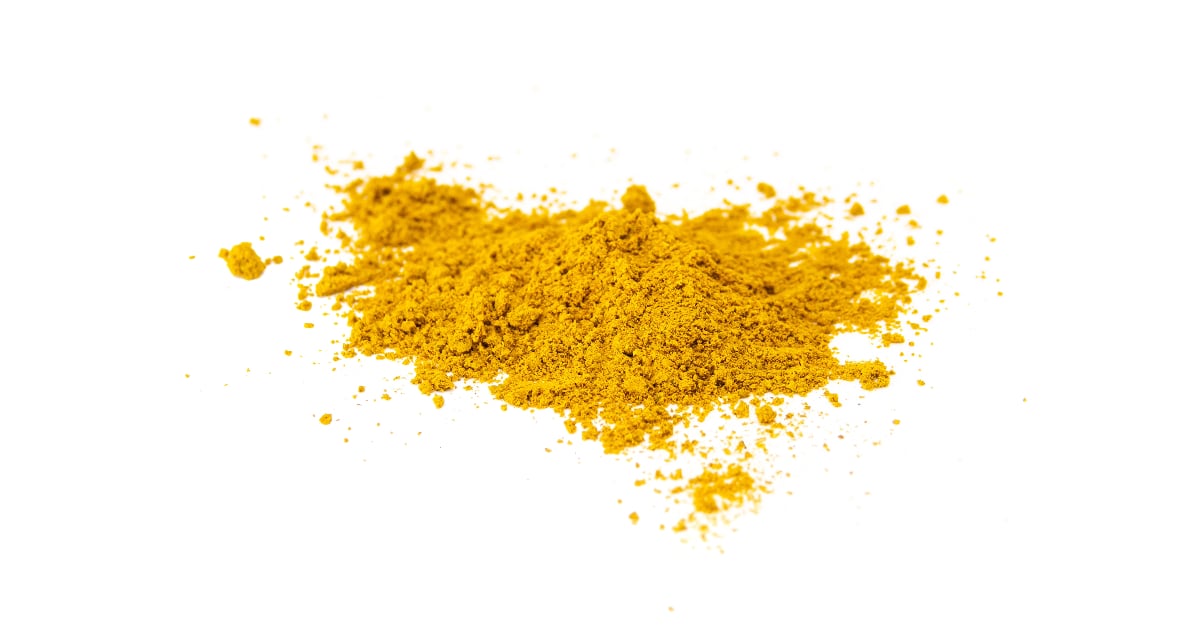Garam masala and curry powder - two spice blends that are commonly used in Indian cuisine and often confuse home cooks. While both can add big, bold flavors to dishes, they are not the same. There are some key differences between garam masala and curry powder in terms of ingredients, taste, uses in cooking, and origins that you should understand before using them.

We will do an in-depth comparison of garam masala versus curry powder to help clear up the confusion once and for all. Read on to learn all about these spice blends so you can use them properly and get the most flavor out of your dishes!
What is Garam Masala?

Garam masala is a traditional Indian spice blend that directly translates from Hindi to mean "warm" or "heating" spices. It contains a mix of robust, pungent spices like cinnamon, cardamom, cloves, peppercorn, and cumin that give it a sweet yet earthy taste and aroma.
The combination of spices in garam masala differs across regions in India, and every family typically has their own recipe that's been passed down through generations. However, some common base ingredients you'll find are:
- Cinnamon sticks
- Green cardamom pods
- Black cardamom pods
- Cloves
- Black peppercorns
- Cumin seeds
- Coriander seeds
- Nutmeg
To make garam masala, the whole spices are usually dry roasted to intensify their flavors before being ground into a powder. The roasting and grinding process brings out the essential oils, making garam masala extremely fragrant.
Because garam masala contains bold, strong spices, it is usually added towards the end of cooking. This prevents the flavors from getting bitter or overwhelming. A pinch of garam masala added at the end can take a dish from bland to brilliant!
What is Curry Powder?

Unlike garam masala, curry powder is not an authentic Indian spice blend. It was created by the British during their colonization of India as a way to replicate the flavor of Indian curry using more readily accessible ingredients.
Curry powder contains spices like turmeric, coriander, cumin, fenugreek, ginger, garlic, cinnamon, clove, and chili peppers. The specific blend can vary between brands, but turmeric is almost always a main component, giving most curry powders their distinct golden yellow hue.
The combination of spices in curry powder gives it a more mellow, earthy taste compared to garam masala. It also tends to be spicier, thanks to the addition of chili powder or cayenne pepper in many blends.
Curry powder is used mainly during the cooking process to build a flavor base. It is sautéed in oil to bloom the spices before liquid and other ingredients are added. This allows the flavors to cook into the dish.
Key Differences Between Garam Masala and Curry Powder
Now that you know the basics, let's look at some of the key differences between these two spice blends:
Origins
- Garam masala is a traditional Indian spice blend that has been used for centuries in Indian cooking.
- Curry powder was created by the British during the colonial era to mimic Indian flavors. It is not authentically Indian.
Ingredients
- Garam masala contains warm, aromatic spices like cinnamon, cardamom, cloves, cumin, and black pepper.
- Curry powder contains turmeric, coriander, cumin, chili peppers, fenugreek, ginger, and garlic.
Flavor Profile
- Garam masala has a robust flavor that is sweet, earthy, and warm.
- Curry powder has a more mellow flavor that is earthy with a little heat.
Color
- Garam masala has a brownish color.
- Curry powder has a golden yellow color from the turmeric.
Uses in Cooking
- Garam masala is usually added at the end of cooking as a finishing spice.
- Curry powder is used early on in cooking to build flavor in the dish.
Availability
- Garam masala can be harder to find and is best purchased at an Indian market.
- Curry powder is widely available at any major grocery store.
Can You Use Garam Masala as a Curry Powder Substitute?
Because garam masala has a much bolder flavor than curry powder, it is not recommended as a direct 1:1 substitute in dishes that call for curry powder.
However, in a pinch, you can use garam masala in place of curry powder by combining it with other spices to balance out the flavor. Try mixing:
- 1 teaspoon garam masala
- 1/2 teaspoon ground turmeric for color
- 1/2 teaspoon ground cumin
- 1/4 teaspoon chili powder or cayenne for heat
You can adjust the amounts of each spice to suit your tastes and the particular dish. Start with smaller amounts of garam masala as the flavor can easily overwhelm. Keep in mind the dish will have a slightly different flavor than if using true curry powder.
The closest substitutes for curry powder are actually making your own blend with spices like turmeric, coriander, cumin, fenugreek, ginger, garlic, and chili powder. But garam masala can work in a pinch!
Can You Use Curry Powder as a Garam Masala Substitute?
Again, it is not recommended to directly substitute curry powder for garam masala in recipes. Because curry powder contains more mellow spices like turmeric and fenugreek, it will not have the same potent, warming flavor as garam masala.
You can try adding a pinch of extra spices like cinnamon, cardamom, cloves, or pepper to the curry powder to approximate garam masala. But the flavor will not be an exact match.
Your best option is to buy garam masala or a garam masala recipe blend from your local Indian grocer or online retailer. Since garam masala loses its flavor quickly after being ground, the fresher spice will provide much better results.
How to Store Garam Masala and Curry Powder
To keep your garam masala and curry powder fresh and flavorful for as long as possible:
- Store each spice blend in separate airtight containers away from heat, moisture, and light. Glass jars or spice tins work well.
- Keep it in a cool, dark cupboard or drawer, not next to the stove.
- Buy spices in smaller quantities if you won't use them often. The flavors dissipate faster once opened.
- Give spices a sniff test before use. If they no longer smell robust, it's time to replace them.
- Try making your own garam masala in small batches to always have fresh, homemade flavor on hand.
Garam Masala and Curry Powder Recipes
Both garam masala and curry powder can enhance the flavor of many savory dishes like curries, dals, grilled meats, roasted vegetables, and more.
Here are just a few recipe ideas to get you inspired:
Garam Masala Recipes
- Garam Masala Chicken
- Garam Masala and Honey Roasted Carrots
- Garam Masala Popcorn
- Garam Masala Chickpeas
- Garam Masala Milk Tea
Curry Powder Recipes
- Coconut Curry Chicken Soup
- Curried Lentils
- Curried Deviled Eggs
- Curried Sweet Potato Tacos
- Curry Powder Roasted Cauliflower
Feel free to experiment with adding pinches of either garam masala or curry powder to your favorite recipes for extra flavor. Just keep in mind how you want to use them so you achieve the intended results.
FAQs About Garam Masala and Curry Powder
Is garam masala spicy?
Garam masala has a robust flavor, but it is generally not considered spicy on the heat scale. However, some recipes may include peppercorns or dried chilies for extra warmth. The level of perceived "spiciness" can vary between blends.
What does garam masala taste like?
Garam masala has a sweet, earthy taste thanks to spices like cinnamon, cardamom, and nutmeg. It also has peppery undertones from black peppercorns and a hint of heat from cloves. Overall it provides a complex, aromatic flavor.
What is curry powder made of?
Curry powder typically contains a blend of turmeric, coriander, cumin, fenugreek, chili peppers, ginger, garlic, and other aromatic spices. There is no set recipe, so blends can vary between brands.
Does curry powder go bad?
Like all spices, curry powder has a shelf life. It will slowly lose potency over time but does not actually spoil. To maximize freshness and flavor, try to use curry powder within 3-6 months after opening. Discard curry powder if it no longer has a strong aroma.
Can I use curry powder instead of garam masala?
It is best not to substitute curry powder directly for garam masala, as the flavors are quite different. In a pinch, you can use curry powder combined with extra spices like cinnamon, cloves, and black pepper to approximate garam masala.
Conclusion
Garam masala and curry powder both can add delicious flavor to Indian dishes. However, they are not interchangeable due to differences in ingredients, taste, uses, and origins.

